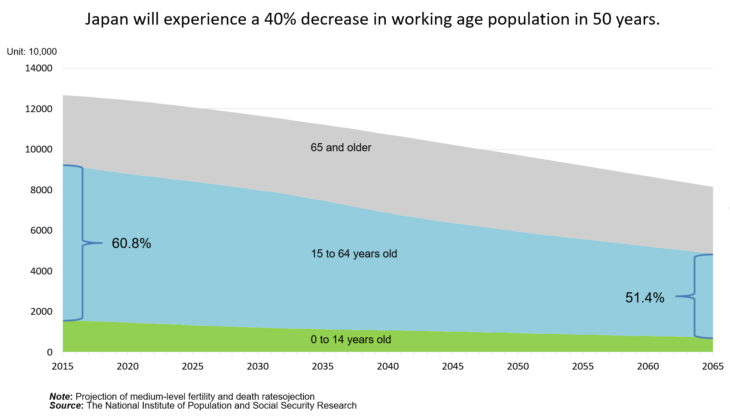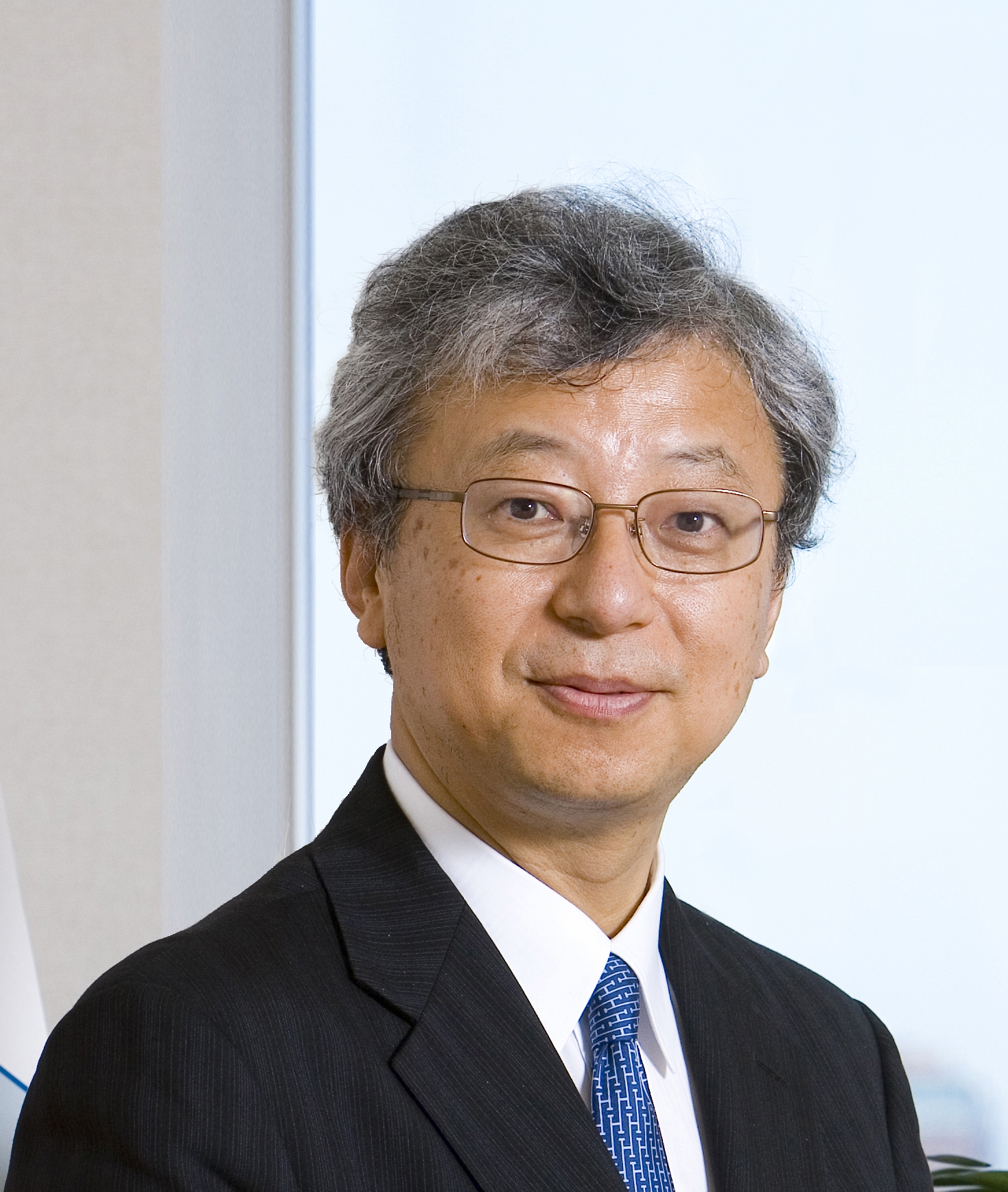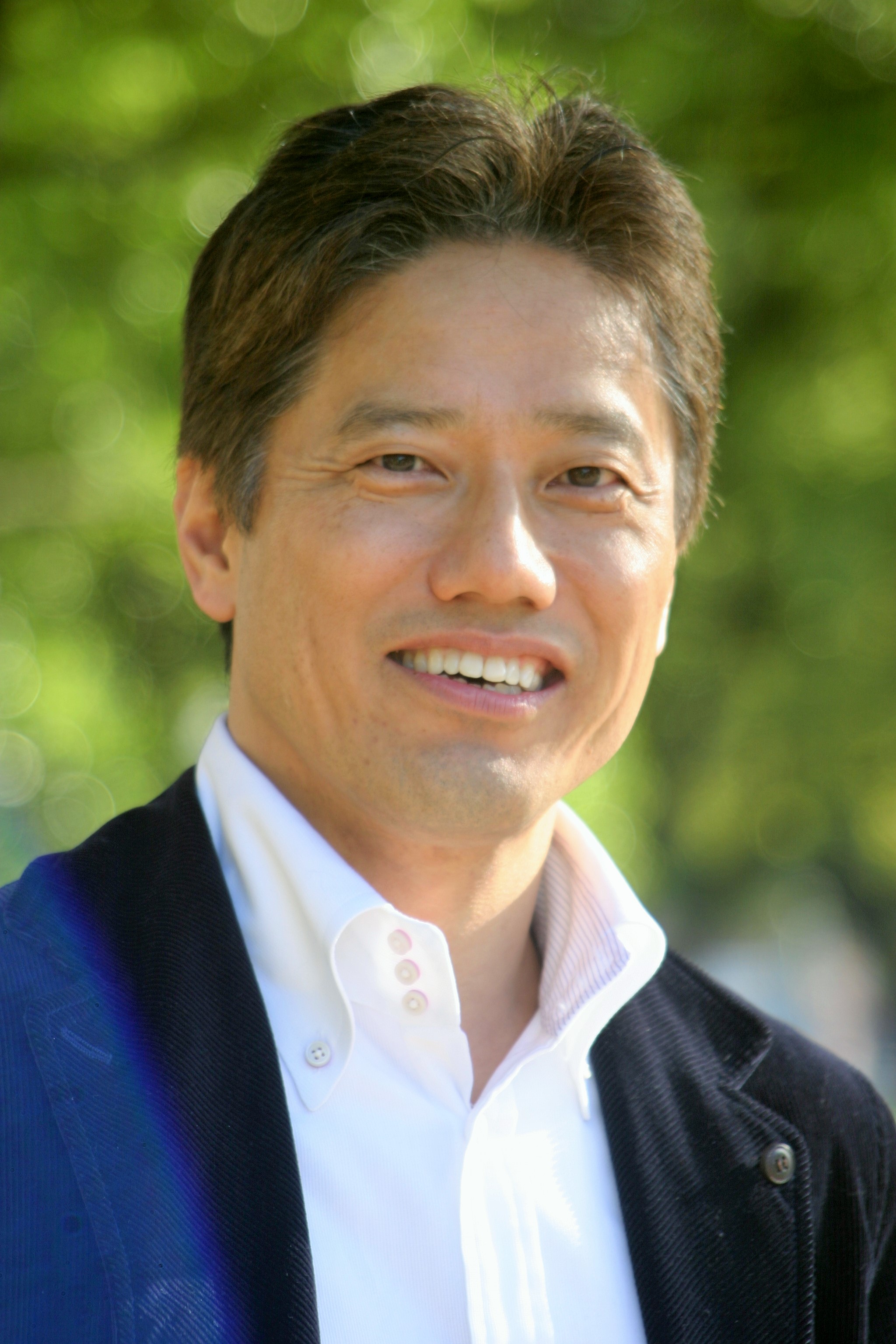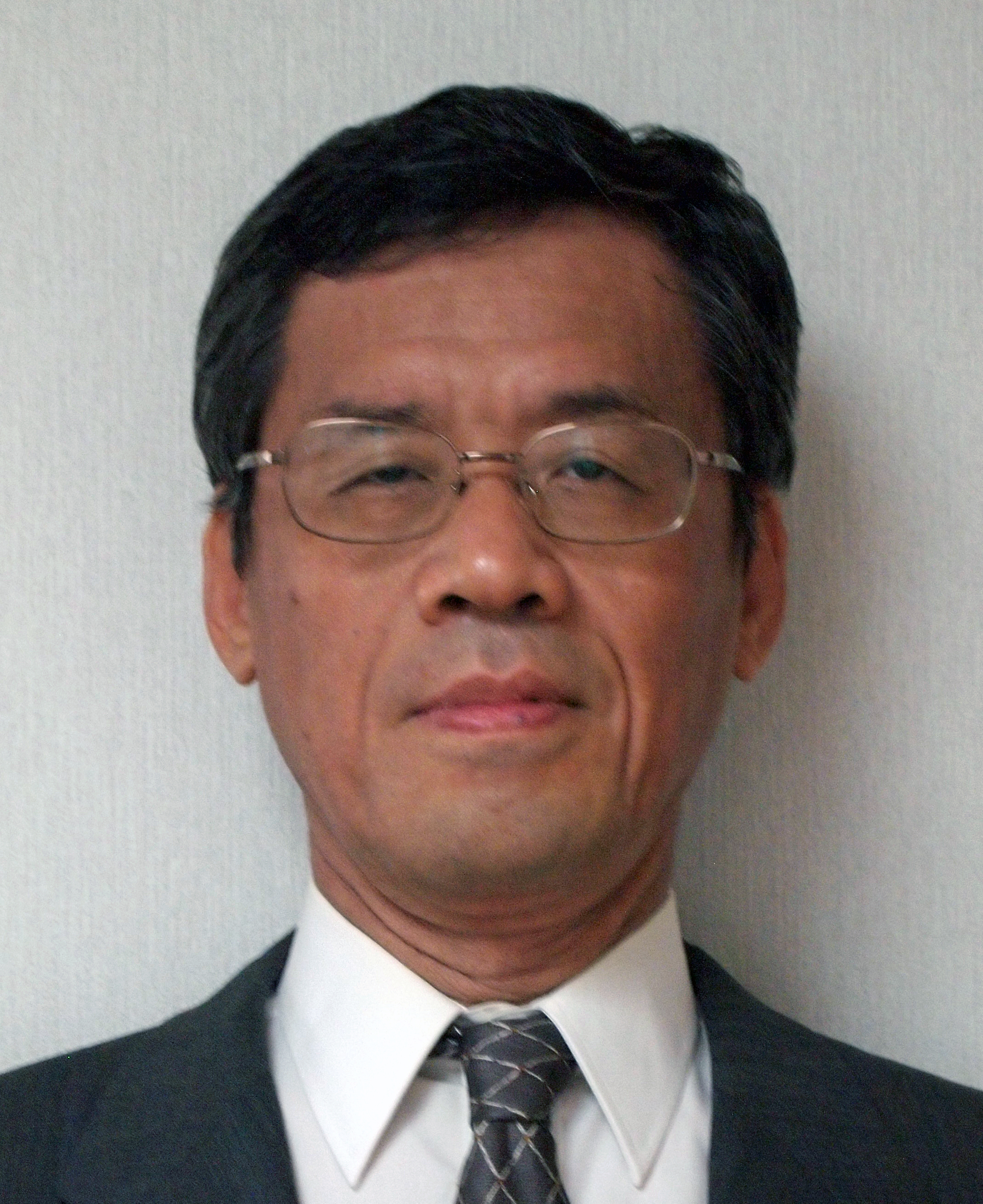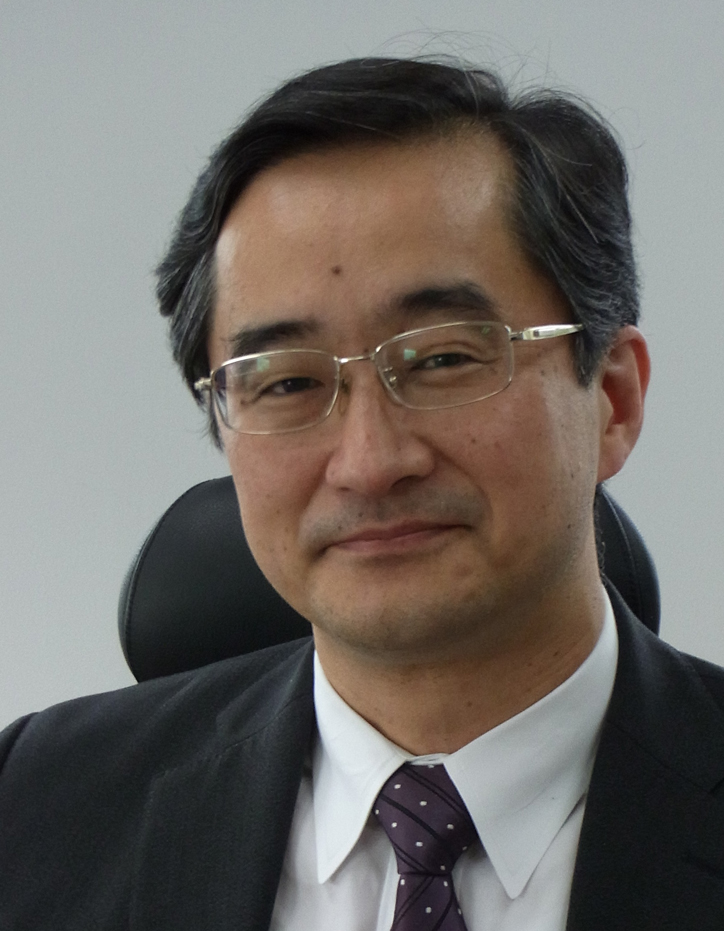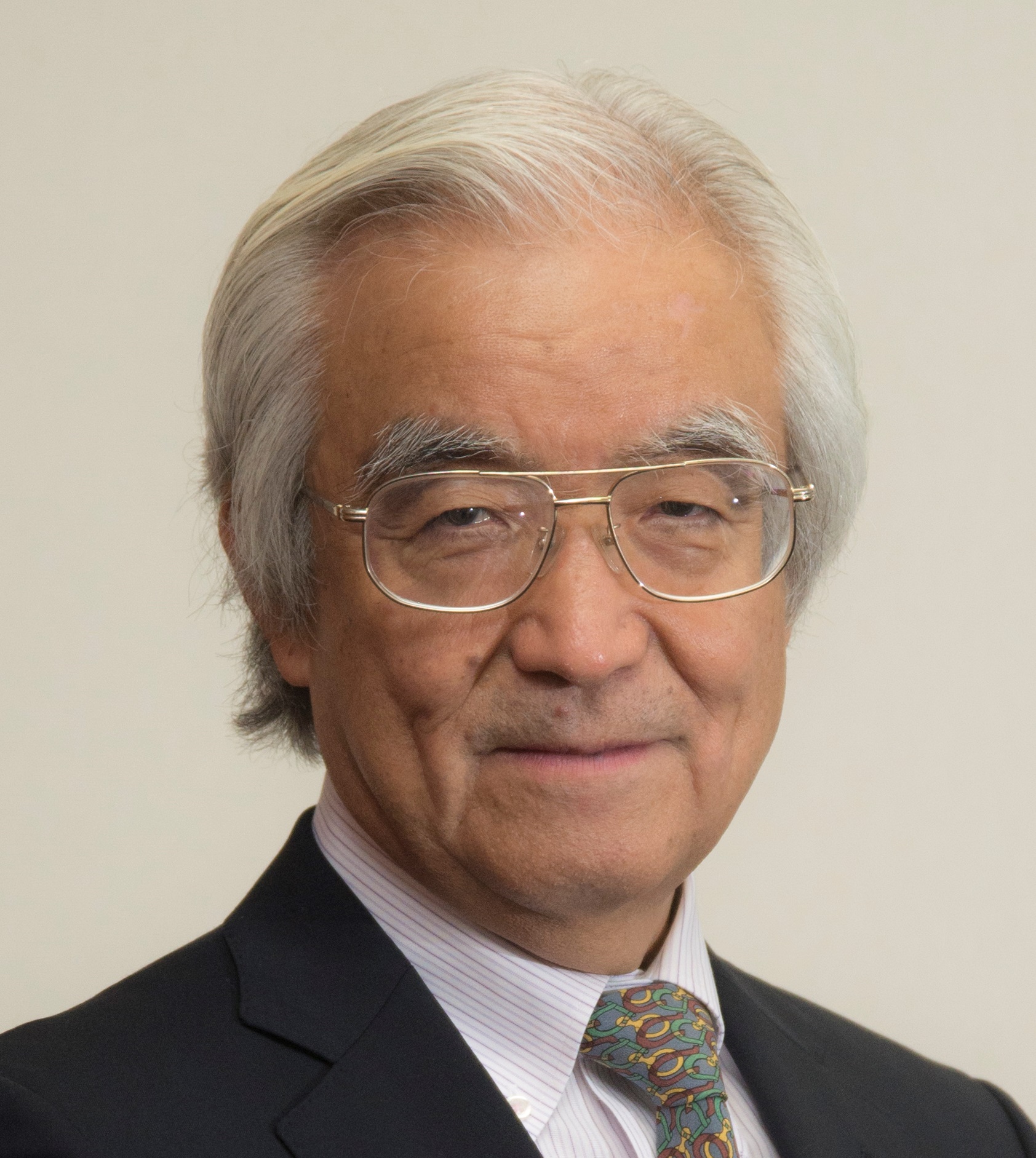A Strategy for Accepting Foreign Workers for A Sustainable Society
It is important to take a long-term perspective instead of merely accepting foreigners to compensate for the shortage of human resources. How should foreigners be accepted to sustain the declining population? In addition, even if the doors are open, excellent foreigners might not come. It is important to create an attractive environment.
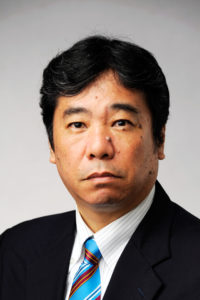
Kato Hisakazu, Professor, School of Political Science and Economics, Meiji University
Recently, we often see that many foreigners are working in the manufacturing, service and retail industries. According to the registrations for the employment of foreigners by the Ministry of Health, Labour and Welfare, there were 1.08 million foreign workers at the end of October 2016, exceeding one million for the first time. In addition, according to the statistics on foreign residents in Japan published by the Ministry of Justice at the end of December 2016, there were 2.38 million foreign residents in Japan, showing a tendency to increase. Expectations for foreign workers will grow for a while due to the shortage of human resources in the retail and service sectors and a vibrant demand in the construction industry for the Tokyo Olympic Games in 2020.
This paper will discuss a strategy for accepting foreign workers that will contribute to solving Japan’s long-term issues due to the decreasing and aging population that will emerge after the short-term issue of accepting foreign workers to compensate for the shortage of human resources. Japan has maintained a policy of not accepting foreign workers in principle since the period of high-speed economic growth, despite the shortage of human resources. In 1988, Japan decided to accept specialized and technical workers in the Sixth Basic Plan for Employment Measures. In addition, the foreign trainee and technical intern system was introduced in 1993 and a gradual change emerged in discussions about accepting foreign workers.
In 2010, the current foreign trainee and technical intern system was enacted with the revision of the Immigration Control Act and in 2012 a point system for high-level human resources was launched to adopt high-level specialized and technical workers. In addition, large changes occurred when the Liberal Democratic Party’s Special Mission Committee set the tone for accepting foreign workers by granting qualifications for residence for necessary areas in May 2016.
Subsequently, the Immigration Control Act was revised in November 2016 and nursing care was recognized as a new qualification for residence due to an increase in demand for nursing care as a result of the aging population. Moreover, the foreign trainee and technical intern system was extended to up to five years.
Reflecting on Japan’s past acceptance of foreign workers, the country attempted to compensate for a shortage of human resources (in the manufacturing and construction industries and nursing care in recent years). However, according to registrations for the employment of foreigners by the Ministry of Health, Labour and Welfare, foreign workers in specialized and technical areas where acceptance has been approved from the beginning were 201,000, accounting for only 18.5% of all foreign workers.
The working age population that supports society will decrease by more than 40% in the next 50 years
According to one projection of Japan’s future population published by the National Institute of Population and Social Security Research (IPSS) in April 2017, the total population of Japan will decrease from 127,090 thousand in 2015 to 88,080 thousand in 2065, almost a one-third loss of population in 50 years. The percentage of people aged 75 and older will increase from 12.8% in 2015 to 25.5% in 2065, highlighting that almost one in four people will be in that demographic. In addition, the working age population aged 15 to 64 will dramatically decrease from 77,280 thousand in 2015 to 45,290 thousand in 2065, a more than 40%-decline.
What will happen to the working population in this situation? If the working age population and the working population are simply proportionate, the working population will decrease from 66,250 thousand in 2015 to 38,830 thousand in 2065. Of course, this does not take into consideration the further advancement of women and the elderly and the possibility of artificial intelligence (AI) and robots replacing humans as a workforce. However, if 27,000 thousand people in the working population are lost, it will inevitably have a huge long-term negative impact on the economy.
In addition, even if current measures for the declining birthrate are effective and fertility rates rise, it will take 20 to 30 years for the new working population to emerge in the labor market. Worse, unless fertility rates rise significantly, the trend of the decrease in working population will not change.
In a situation in which the workforce decreases, it is almost impossible to compensate for it using foreign workers. To secure the same current level of working population, it is necessary to continue to annually accept more than 500 thousand foreign workers. Given that there are about one million foreign workers in Japan now, this is unrealistic.
It is very difficult to define a sustainable society. One definition is a state in which stable economic growth will continue in the future with tenable per capita living standards. The primary factors that support economic growth in the long term include the workforce, capital stocks and technological standards (productivity standards). Their theoretical total volume will determine the potential economic capability.
As mentioned above, it is difficult to use foreign workers to completely compensate for the decrease in working population. Of course, Japan will accept foreign workers in areas with a greater shortage of manpower, such as nursing care and subsistence support. In the future it may be possible to supplement the workforce to a certain extent, but there are limitations.
On the other hand, looking at past economic growth, technological progress (improved productivity) played a significant role. If productivity improves steadily, it is possible that the workforce will be replaced and the issue of the workforce shortage will be eased. There are also expectations for the use of AI and robots, which have been actively discussed in recent years, and the threats due to competition with machines that may, in turn, solve the depopulation of society. However, if no pathway is shown on how to maintain technological progress and further accelerate the improvement of productivity, it is only an illusion.
In addition, there are concerns that the pace of technological progress will gradually slow due to the decline of creativity in society as a whole as a result of the decrease in the young population and the dip in innovation because of the aging population.
For the foundation of a sustainable society, one possible option is to depend on excellent foreign human resources as well as young Japanese people to contribute to improving productivity. I want to emphasize this point as a growth strategy and I suggest that Japan makes the greatest efforts possible to accept high-level foreign human resources who will play a role in leading Japan’s economic growth.
The strategy of building a sustainable society with the cooperation of young Japanese who will be inspired by the foreign workers is a significant way to cope with depopulation and the aging population. In particular, the excellent work of young foreigners with high-level educational backgrounds in Japan can be expected to be very inspiring in a range of areas in society as well as the economy, including productivity, which will lead to revitalizing Japan.
Expected high-level human resources are 0.2% of foreign workers
There are many issues with opening the doors to excellent foreigners. Essentially, there are concerns that high-level human resources may not come to Japan. A point system for high-level human resources was introduced in 2012. According to statistics published by the Ministry of Justice, as of the end of December 2016, there were just 3,739 foreigners living in Japan with qualifications for residence (high-level professions) for high-level human resources, only 0.2% of all foreign residents in Japan. This includes foreigners who have already lived in Japan and changed qualifications for residence.
Fundamentally speaking, is Japan an attractive country for high-level foreign human resources to work? For young people, stagnant salaries and the employment practices of Japanese companies may act as barriers. Even if the doors are open, it is unlikely that many high-level human resources will come to Japan.
Additionally, not only Japan is facing a workforce shortage due to depopulation and the aging population. Soon China, South Korea and Thailand will face a similar situation and competition to obtain excellent human resources will increase. South Korea, which is advanced in its acceptance of foreigners, is aware of this. To attract excellent human resources, Japan has to change in many aspects, such as employment practices. Japan must create a society where excellent foreign students who have already studied in Japan will want to continue to work.
In addition, there are many issues related to attracting foreign workers to settle in Japan. This is not limited to high-level human resources, but it is questionable whether Japan, as an insular country that has inward-looking traditions in terms of cultural customs and language, is attractive than other countries for foreigners to settle down in. It is not an exaggeration to say that the popularization of English, the common global language, is a requirement for accepting foreign workers. These issues are more difficult for rural areas to tackle.
There are also educational and housing issues as well as concerns about the financial burdens and social security. However, these burdens are unavoidable to accept foreign workers and build a sustainable society. In other words, these social costs must be accepted in a depopulating society.
The issue of accepting foreign workers should be considered in terms of major trends surrounding Japan, such as depopulation and the aging population, globalization and the information-driven society. This must be deliberated from the long-term perspective instead of being regarded as a solution to the short-term shortage of human resources. To this end, it is essential to draw a clear blueprint for the future of Japan. I think that the government is responsible for leading well-balanced, broad discussions about the acceptance of foreign workers.
Translated from “Jizoku kanona shakai ni hitsuyona gaikokujin-rodosha―50 nenkan de jinko no 3 bun no 1 ga ushinawareru Nihon: Jizoku kanona shakai ni muketa gaikokujin-rodosha no ukeire senryaku (Foreign Workers That are Necessary for a Sustainable Society―Japan will lose one third of its population in 50 years: A Strategy for Accepting Foreign Workers for A Sustainable Society),” Wedge, June 2017, pp. 26-28. (Courtesy of WEDGE Inc.) [June 2017]
